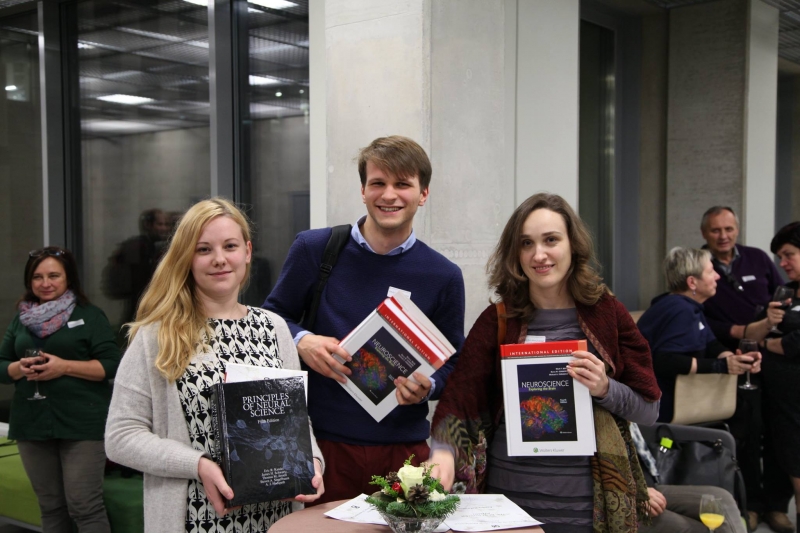The development of the nervous system is associated with the generation of excess neuronal synapses that is followed by their removal, a process known as synaptic pruning. Depending on the area of the brain, up to 70% of pre-formed synapses are lost during developmental circuit refinement. Why are so many synapses lost, what determines which synapses are eliminated, what are the molecular mechanisms involved, and what are the consequences of not getting it right? Appropriate synaptic pruning appears to be required for the strengthening of remaining synapses and is critical for normal brain development. In animal models, aberrations of synaptic pruning lead to impaired brain circuit maturation and dysfunctional connectivity. In human brain imaging and post-mortem studies, the reduction of brain volume and reduced density of dendritic spines in schizophrenia is suggestive of over-pruning, whereas increased brain volume and dendritic spine densities may indicate under-pruning in autism.
Unfortunately, the risks underlying these circuit disorders and the reason why synaptic pruning is required to achieve the final connectome is currently poorly understood. For a long time synaptic pruning has been seen as a neuron-autonomous process. However, recent studies revealed that unnecessary synapses may be phagocytosed by resident immune cells – microglia. In mouse models, microglia cells are recruited to the maturing brain regions by neuronal chemotactic protein fractalkine and eliminate synapses in a complement-dependent manner. But how do these systems function to selectively drive the elimination of some synapses over others?
For microglia to discriminate between subsets of synapses that need to be removed or maintained there must be molecular signal(s) that are exposed on the surface of the synapse to trigger or inhibit microglial recognition and engulfment. We aim to define molecular signaling pathways that drive this highly specific pruning of unnecessary synapses. For this we use both ex vivo tissue cultures and genetically modified mouse lines. High resolution fluorescent microscopy of developing circuits is supplemented with electrophysiology studies and animal behaviour experiments. We intend to define synapses destined for elimination in vitro and thereafter in vivo and to elucidate their molecular signatures, giving first direct insights into the molecular cascades that are required for developmental synaptic pruning in maturing circuits of the brain.




















